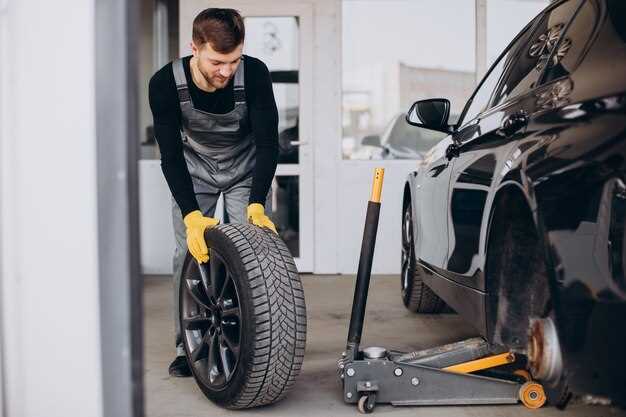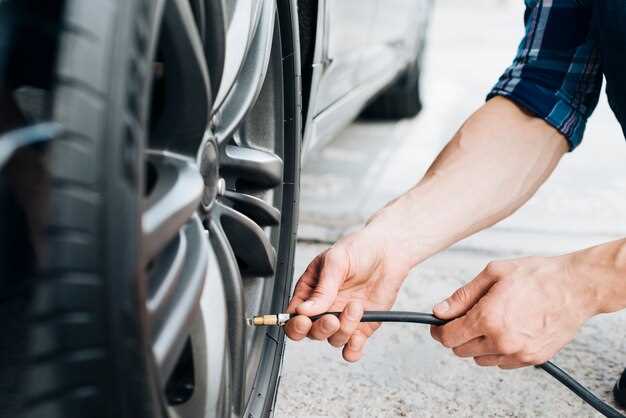
For any BMW owner, understanding the vital role that tires play in maintaining your vehicle’s performance is crucial. Proper tire care not only ensures your safety on the road but also enhances your car’s handling, fuel efficiency, and overall lifespan. This article aims to present some top DIY tips to help you maintain your BMW tires effectively, allowing you to enjoy a smooth and safe driving experience.
Taking the initiative to address tire maintenance can save you both time and money in the long run. With a few simple tools and a bit of time, you can manage your tire care successfully. From checking tire pressure regularly to performing tread depth assessments, these DIY tasks are easy to implement and can profoundly impact your vehicle’s performance. By following these essential tips, you’ll not only extend the life of your tires but also ensure that your BMW remains a joy to drive.
In this guide, we’ll explore practical steps that will empower you to take control of your BMW tire maintenance. Whether you’re a seasoned DIY enthusiast or a novice attempting to care for your vehicle for the first time, these tips will provide valuable insights. Let’s delve into the world of DIY tire maintenance and give your BMW the care it deserves.
How to Properly Check and Adjust Tire Pressure on BMW
Maintaining the correct tire pressure is crucial for the performance and safety of your BMW. Proper tire care not only enhances fuel efficiency but also ensures a smoother ride and extends the lifespan of your tires.
To begin, you should check your tire pressure when the tires are cold, as heat from driving can increase the tire pressure readings. Locate the recommended tire pressure, which can typically be found on a sticker inside the driver’s side door or in the owner’s manual. This value is often measured in PSI (pounds per square inch).
Next, obtain a reliable tire pressure gauge. Remove the valve cap from each tire and press the gauge onto the valve stem, ensuring a tight seal to avoid air escape. Read the pressure displayed on the gauge. If the pressure is lower than the recommended value, it is essential to add air to reach the optimal level.
When adding air, use an air compressor available at most gas stations. Insert the nozzle into the valve stem and fill the tire gradually, checking the pressure frequently to avoid overinflation. Once the desired pressure is achieved, securely replace the valve cap.
If the tire pressure is higher than recommended, simply release some air by pressing the valve stem until the correct level is reached. Regularly checking and adjusting tire pressure on your BMW will enhance handling, improve tire wear, and ensure a safe driving experience.
Steps for Rotating BMW Tires to Ensure Even Wear

Regular tire rotation is essential for maintaining the performance and longevity of your BMW tires. Following a structured method can help ensure even wear across all tires. Below are the key steps to effectively rotate your BMW tires.
1. Gather Your Tools: Before starting, gather the necessary tools. You will need a jack, jack stands, a lug wrench, and a torque wrench. Having these handy will make the DIY process smoother.
2. Prepare Your Vehicle: Park your BMW on a level surface and engage the parking brake. This helps prevent the vehicle from rolling. You may also want to place wheel chocks behind the rear tires for additional security.
3. Loosen Lug Nuts: Using the lug wrench, slightly loosen the lug nuts on all four tires while they are still on the ground. This will make it easier to remove them once the vehicle is lifted.
4. Lift the Vehicle: Use the jack to lift one side of the vehicle. Once elevated, place jack stands under the appropriate support points to ensure safety. Repeat this process for the other side if necessary.
5. Remove and Rotate Tires: Take off the tires one at a time, ensuring to keep track of their original positions. For a standard rotation pattern in a BMW, the front tires should move to the back on the same side, while the rear tires should move to the front, crossing sides (right rear to left front and vice versa).
6. Inspect Tires: While the tires are off, inspect them for any signs of wear, damage, or foreign objects. This is a good time to check the tire pressure as well, ensuring they are at the recommended levels.
7. Reattach Tires: Place the tires back onto their new positions and hand-tighten the lug nuts. After ensuring they are secure, lower the vehicle back to the ground.
8. Torque Lug Nuts: Once the vehicle is back on the ground, use the torque wrench to tighten the lug nuts to the manufacturer’s specified torque. This is crucial for ensuring safety and preventing tire problems.
9. Final Check: After completing the rotation, it’s wise to do a final inspection of all tires. Confirm the tire pressure and that the lug nuts are securely tightened. Keep records of your tire rotation and any observations for future reference.
Following these steps will help maintain your BMW tires in optimal condition, contributing to better performance and safety on the road. Regular rotation is a straightforward DIY task that can save you time and money in the long run.
Best Techniques for Cleaning and Protecting BMW Tire Surfaces

Proper care of your BMW tires is essential for their longevity and performance. Regular cleaning not only enhances the appearance but also protects the surfaces from harmful contaminants. Here are some effective DIY techniques for maintaining your tires.
First, gather the necessary supplies, including a cleaner specifically designed for tires, a soft-bristle brush, and a microfiber cloth. Avoid harsh chemicals that may damage the tire surface or affect the rubber composition.
Begin by rinsing the tires with water to remove loose dirt and debris. Apply the tire cleaner generously, allowing it to penetrate for a few minutes. This step helps to break down tough grime and road oils that can accumulate over time.
Next, use the soft-bristle brush to scrub the tire surfaces thoroughly. Focus on the tread and sidewalls to ensure a deep clean. This technique not only cleans but also helps to rejuvenate the rubber by removing oxidized materials.
After scrubbing, rinse the tires well with water to ensure all cleaning agents are washed away. This prevents any residue from affecting the tire’s performance or appearance.
To protect the tires, consider applying a tire dressing. Look for a product that offers UV protection to shield the rubber from sun damage. Apply the dressing in a thin, even layer using a foam applicator. This not only enhances the look of the tires but also provides a barrier against dirt and grime.
Finally, allow the dressing to dry completely before driving. Regularly repeating this cleaning and protecting routine will keep your BMW tires in peak condition, ensuring both safety and aesthetics on the road.



